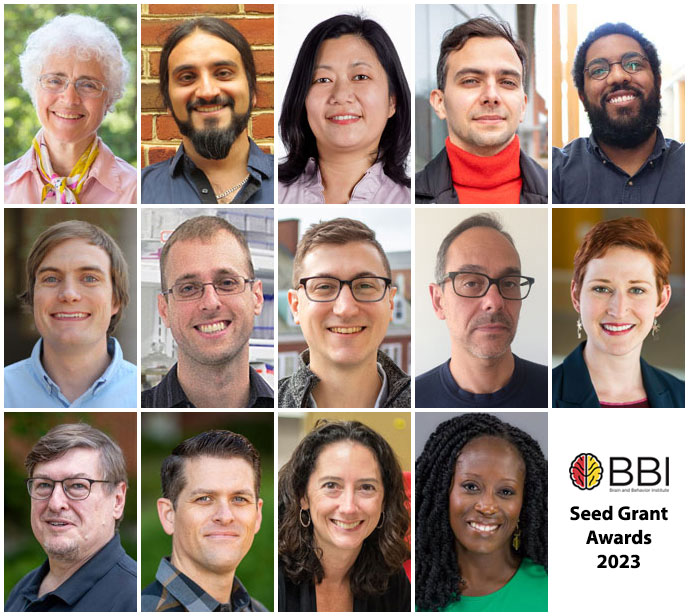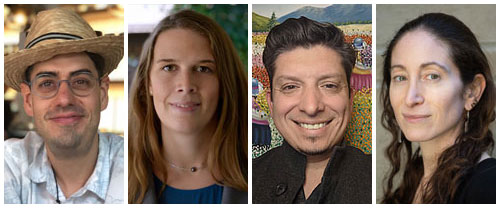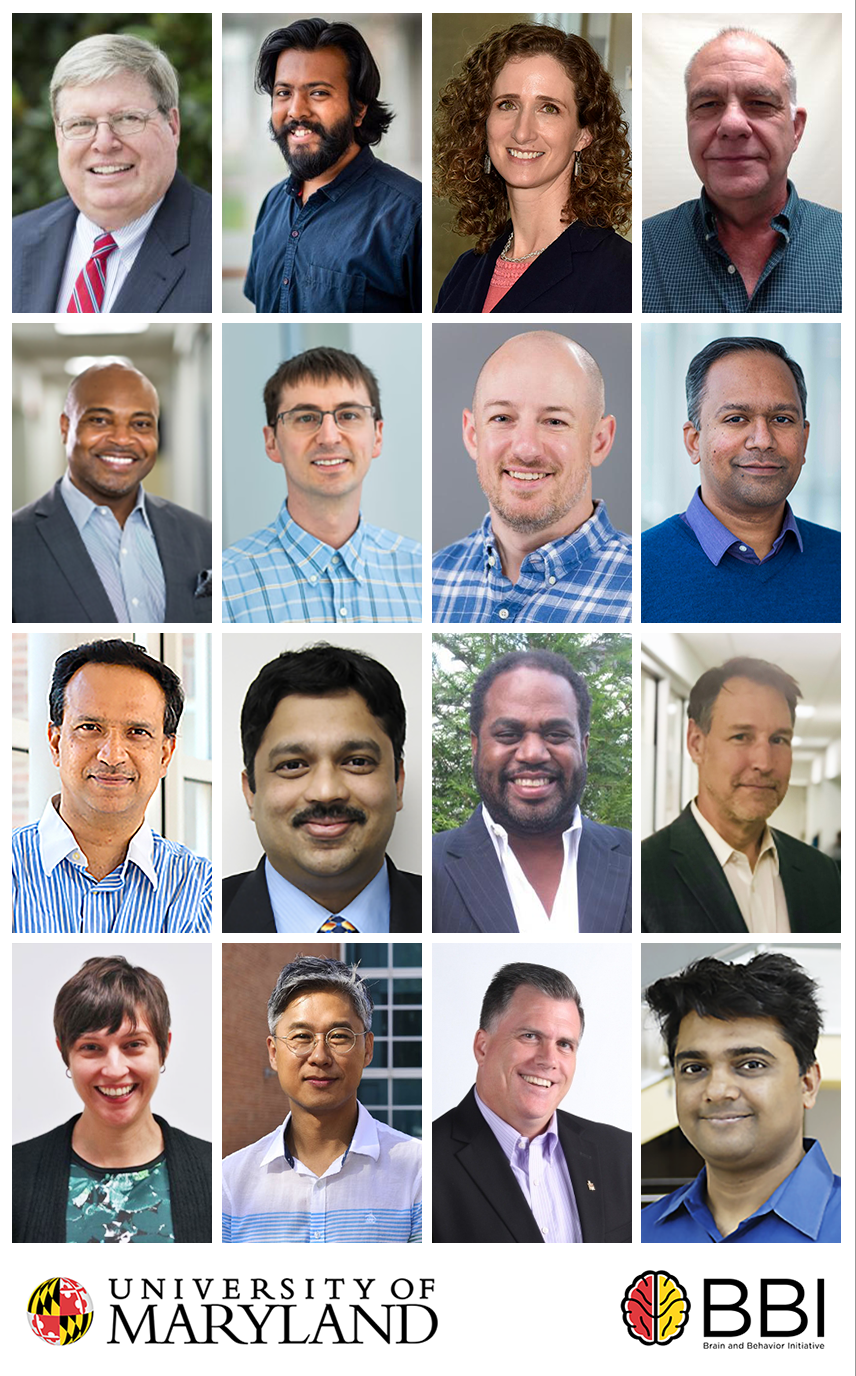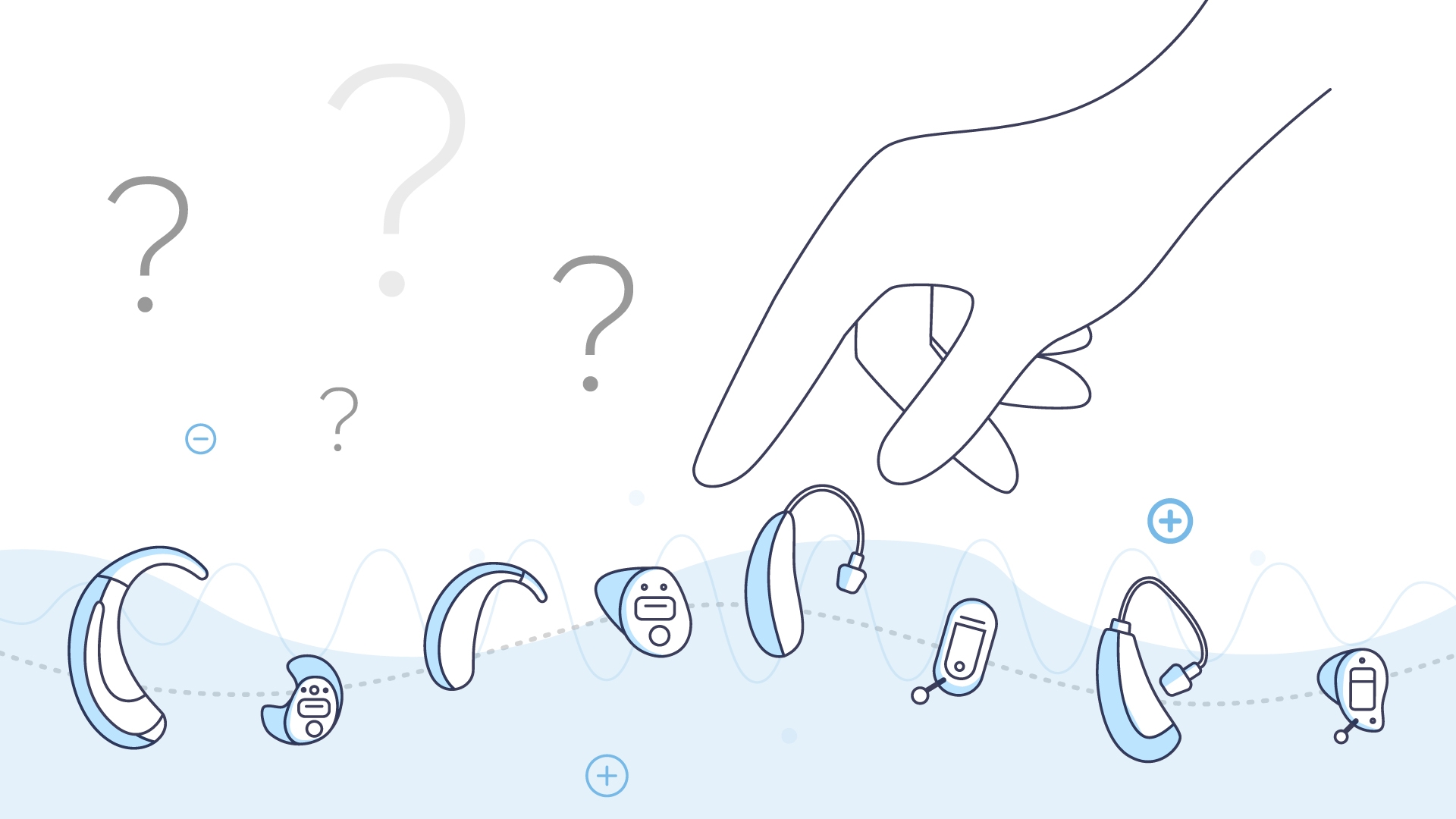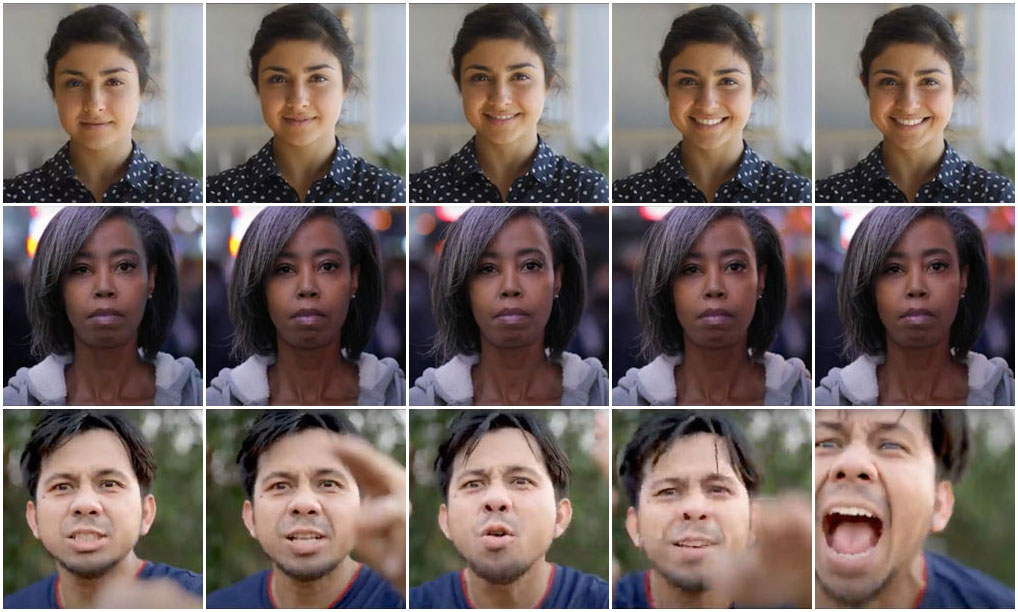News Story
No Pain, Some Gain: Researcher Examines Shortcuts to Practice

Tuning an instrument effectively takes plenty of practice to hear minute tonal differences. Photo by iStock.
The painter’s keen eye, the chef’s refined palate and the musician’s tuned ear are all forms of sensory expertise honed through training. The skill of discriminating between the extremely similar—for example, tiny tonal differences when tuning a violin—arises from a kind of training called perceptual learning, in which one develops the capacity to sense with greater precision.
But is it possible to gain the effects of training without years of practice?
With support from a new five-year, $2.3 million grant from the National Institutes of Health, Melissa Caras, an assistant professor of biology at the University of Maryland, will investigate this question by examining the connection between the brain’s auditory and orbitofrontal cortices to identify the neural basis of expertise. Someday, the research may help hearing-impaired individuals learn how to use an assisted-listening device better or faster, or help normal-hearing listeners learn foreign languages or acquire other new skills.
The study compares activity in the brain across two experiences with sound, explained Caras—contrasting neural recordings taken during passive sound exposure against those taken during the performance of a task involving sound. The difference between the two—arrived at by subtracting the passive listening data from the auditory task data—highlights which brain networks are activated due to something other than sensory input. This activity likely represents some combination of attention, motivation or arousal.
“The brain encodes sound based on both sensory and nonsensory processes, such as interest or responsiveness to reward,” she said. “While our previous work revealed that training can strengthen the influence of these nonsensory processes, the goal of this recently awarded proposal is to identify the neural circuits involved.”
New UMD research based on brain scans is trying to isolate the non-sensory brain pathways related to gaining auditory expertise—potentially offering shortcuts to learning to effectively use hearing-assistive technology, learn foreign languages and more. The study will investigate connections between the brain’s auditory and orbitofrontal cortices. Photo courtesy of Melissa Caras.
If scientists can demonstrate how perceptual learning works at the neural level, they may be able to harness the information to make the process of auditory learning faster or better. At the University of Maryland, developmental neuroscience is a research area targeted for growth and expansion, due in part to the establishment of the Brain and Behavior Institute.
The brain imaging for the current study is being performed in gerbils, which are a standard model for auditory research due to the fact that the gerbil’s hearing capabilities, particularly their ability to hear low frequencies, are similar to humans. Caras emphasized that while potential translational uses of this research are exciting, they may be far in the future; the work is fundamentally about expanding scientific knowledge.
“I feel that basic science is so important. In order to develop applications that help people, we need to establish what we do and do not know about the brain,” she said. “This grant is one building block in understanding how the brain works.”
###
Writer: Nathaniel Underland, underlan@umd.edu
About the Brain and Behavior Institute: The mission of the BBI is to maximize existing strengths in neuroscience research, education and training at the University of Maryland and to elevate campus neuroscience through innovative, multidisciplinary approaches that expand our research portfolio, develop novel tools and approaches and advance the translation of basic science. A centralized community of neuroscientists, engineers, computer scientists, mathematicians, physical scientists, cognitive scientists and humanities scholars, the BBI looks to solve some of the most pressing problems related to nervous system function and disease.
Published April 13, 2023

